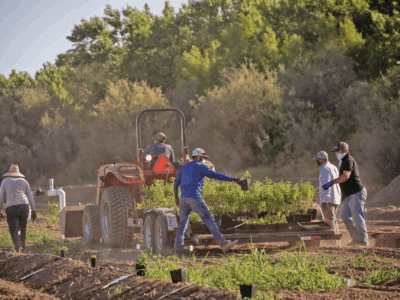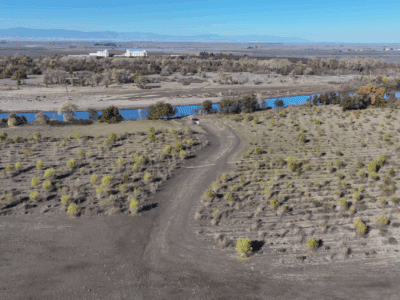By Lauren Sommer

Excerpt:
Communities are looking for ways to protect themselves from future floods, and some are using a novel solution: just giving rivers some space to flow.
Building homes on the waterfront comes with a long-term arms race: levees must be built and maintained over time to hold back floodwaters. With climate change making storms more intense, many levees will need to be raised or improved.
Now, a growing number of projects are trying to work with nature, instead of trying to contain it. Levees are being removed and moved back, creating natural floodplains that are designed to fill with water when rivers run high. The idea is to take pressure off downstream levees by giving water somewhere to go farther upstream.
Floodplain restorations also create much-need wildlife habitat. But buying out and relocating landowners, whether farmers or homeowners, can be challenging. Getting necessary permits can take years, because most flood regulations are written to keep levees in place forever.
“We have to find ways to do this more efficiently,” says Julie Rentner, president of River Partners, a river restoration non-profit. “It’s not ok for it to take 25 years to undo the paperwork that we put in place a generation ago.”








